How Do Thieves Mark Cars?


Simon Burge
Share this content
The unfortunate reality is that car theft is a persistent issue, and thieves often employ various tactics to mark and target vehicles.
Understanding these methods is crucial for car owners to protect their vehicles and belongings.
In this article, we explore the diverse ways thieves signal potential targets, discuss preventive measures to safeguard your vehicle, and look at the potential the future will have in stopping car thieves.
Article Chapters
ToggleHow do Thieves Mark Cars?
Some thieves mark cars for theft at a later date, or for other thieves to break into.
Some of the most common ways thieves mark cars are:
Chalk
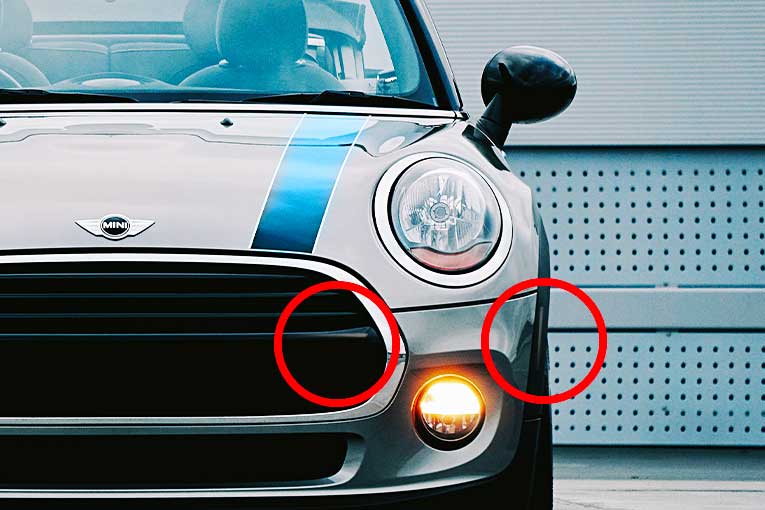
Chalk is a commonly employed tool among thieves to covertly mark cars for various purposes.
The discreet use of chalk allows criminals to communicate essential information about a vehicle’s vulnerability or the presence of valuable items inside.
These markings are intentionally subtle, making them easily overlooked by unsuspecting car owners.
The specific symbols or codes drawn with chalk can convey intricate details, such as whether the car is an easy target, has valuable contents, or is part of a larger criminal network’s plan.
Thieves may use different chalk markings to categorise cars based on their perceived risk and potential rewards.
For example, a simple circle might indicate a vehicle with no apparent vulnerabilities, while a marked ‘X’ could signify a target with valuables inside.
These coded messages help thieves communicate without raising suspicion, allowing them to plan their actions efficiently.
Car owners should be vigilant and regularly inspect their vehicles for any chalk markings, no matter how inconspicuous.
Marker Pens
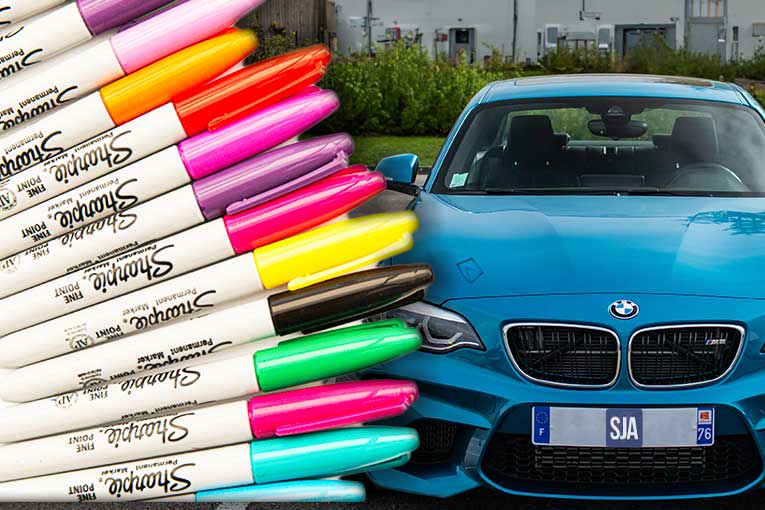
Marker pens serve as a discreet yet effective tool for thieves to communicate covertly and mark cars for various purposes.
The use of marker pens allows criminals to leave coded messages or symbols on vehicles, providing signals and information to their criminal cohorts.
These markings are intentionally inconspicuous, making them challenging to detect by unsuspecting car owners.
The specific symbols or codes drawn with marker pens can convey nuanced details about the targeted vehicle.
For instance, a series of dots may indicate the presence of alarms, while specific shapes or letters could signify vulnerabilities or planned criminal activities.
Thieves often develop a unique system of markings, known only to their associates, enabling them to convey complex information quickly.
Car owners should be vigilant and regularly inspect their vehicles for any unusual markings made with marker pens.
Scratches
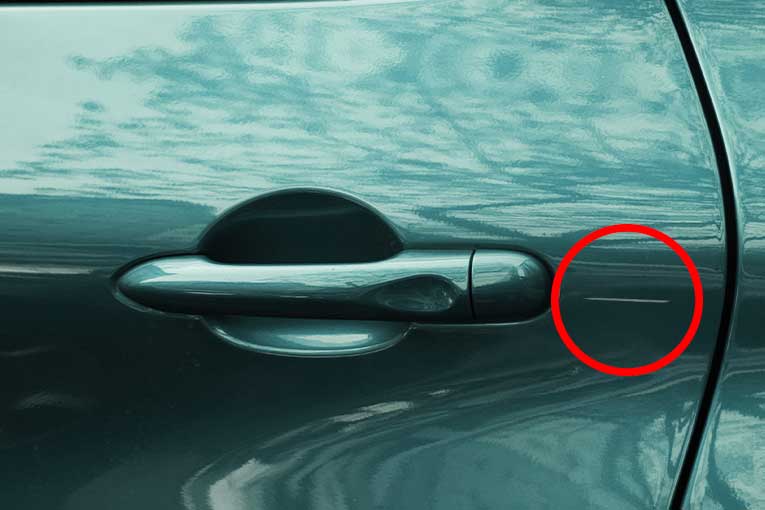
Deliberate scratches on a car’s surface represent a more overt yet effective marking method employed by thieves to signal vulnerability.
Unlike discreet chalk or marker pen markings, scratches are visible and draw attention to the targeted vehicle.
Thieves may intentionally scratch specific areas of the car, and the location and nature of these scratches convey critical information to other criminals within their network.
The scratches themselves can be strategic in their placement, indicating potential weaknesses or vulnerabilities in the vehicle’s security.
For example, scratches near the door lock or around the window edges might suggest that the car is easier to break into.
Thieves use these markings to communicate the level of risk associated with targeting the vehicle, allowing for quick decision-making among criminal cohorts.
Car owners should be attentive to any unusual scratches on their vehicles, especially if they appear intentional or out of place.
Wing Mirrors
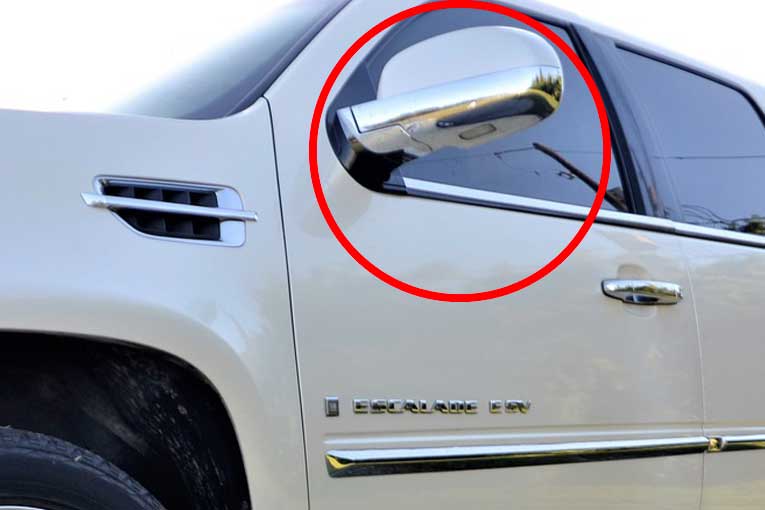
The adjustment of wing mirrors is a nuanced yet deliberate tactic used by thieves to create a subtle indication that a vehicle has been noticed.
Unlike more overt forms of marking, such as scratches or chalk, this method involves manipulating a functional part of the car that is easily overlooked.
Thieves may subtly alter the position of wing mirrors to signal to their cohorts or other criminals within their network.
The adjusted wing mirrors can convey various messages.
Car owners should be observant of any unusual changes to their wing mirrors, especially if they notice alterations that they did not make themselves.
Puffing
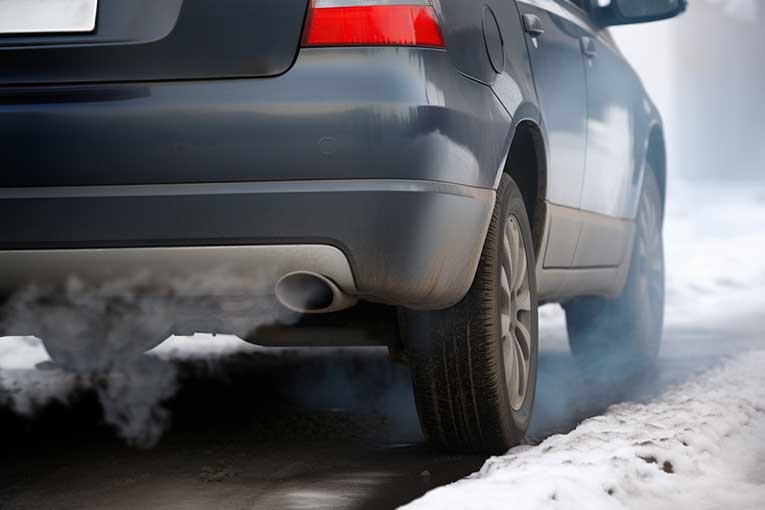
“Puffing” cars represent a specific vulnerability that thieves actively exploit.
This term refers to vehicles left running and unattended, typically during cold weather when owners warm up their cars before driving.
Thieves specifically target these “puffing” cars because they present an easy opportunity for theft.
When car owners leave their vehicles running, they may do so with the intention of allowing the engine to warm up or the interior to reach a comfortable temperature.
However, this practice makes the vehicle an attractive target for opportunistic thieves who can easily jump in and drive away.
Thieves look for the visible plumes of exhaust, or “puffing,” which signals that the car is running and unattended.
This visual cue makes it effortless for criminals to identify and seize the opportunity for a quick getaway.
It’s a swift and low-risk method for thieves to steal a vehicle, as the owner is often unaware of the crime until they return.
Car owners should refrain from leaving their vehicles running and unattended, even for short periods.
By eliminating the “puffing” scenario, they significantly reduce the risk of falling victim to opportunistic theft.
Stones
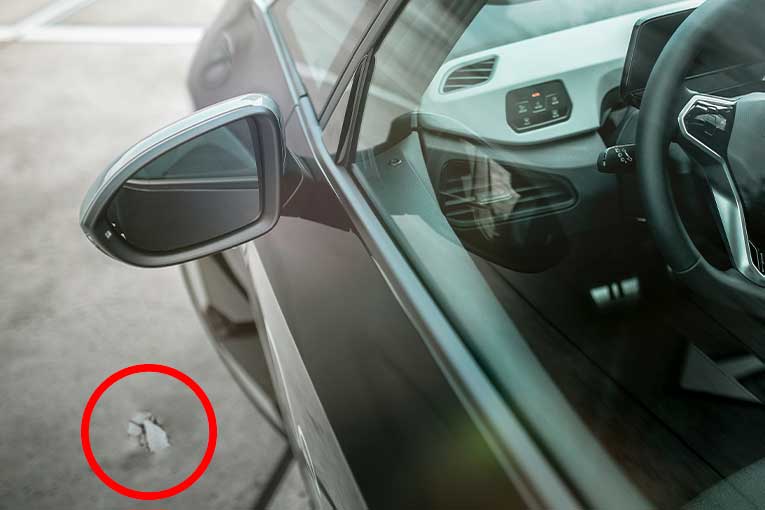
The strategic placement of small stones or pebbles is a subtle yet effective method that thieves use to convey information about a targeted vehicle.
This signalling technique involves positioning these objects in specific areas around the car, providing signals to other criminals or members of their network.
Unlike methods such as markers or scratches, stones around a car are easily overlooked.
The placement of stones or pebbles may indicate various details about the vehicle, such as its vulnerability, value, or potential for successful theft.
Car owners should be vigilant and pay attention to any unusual placement of small stones or pebbles around their vehicles.
Chewing Gum
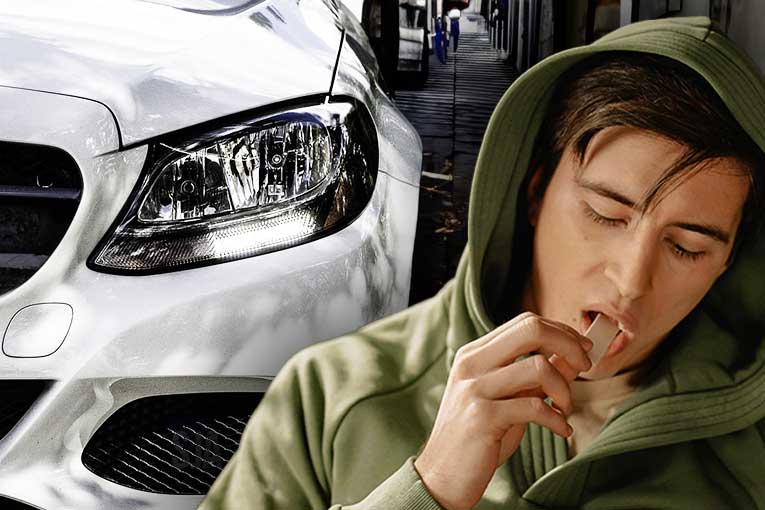
Strategically placing chewing gum is a discreet yet indicative method employed by thieves to mark potential targets for theft or vandalism.
In this signalling technique, thieves may place chewing gum in specific locations on or around a vehicle, conveying valuable information to their criminal counterparts.
Car owners should remain observant and take note of any unexpected chewing gum placements on their vehicles.
What to do if you See these Marks on your Car?

If you observe any suspicious marks on your car, swift action is essential.
Begin by documenting these markings through photographs, ensuring you capture the details comprehensively.
Subsequently, report the incident to the local police, providing them with the visual evidence to aid their investigation.
In addition to involving law enforcement, consider implementing additional security measures for your vehicle.
Remaining vigilant and proactive is crucial in deterring potential thieves and safeguarding your vehicle.
By promptly addressing and reporting any suspicious markings, you contribute to the overall efforts to combat car theft and vandalism.
How to Protect your Car from Thieves
While you can never make your car 100% safe from potential thieves, there are several ways to deter thieves and decrease the likelihood of a break in.
Lock your Car when Defrosting
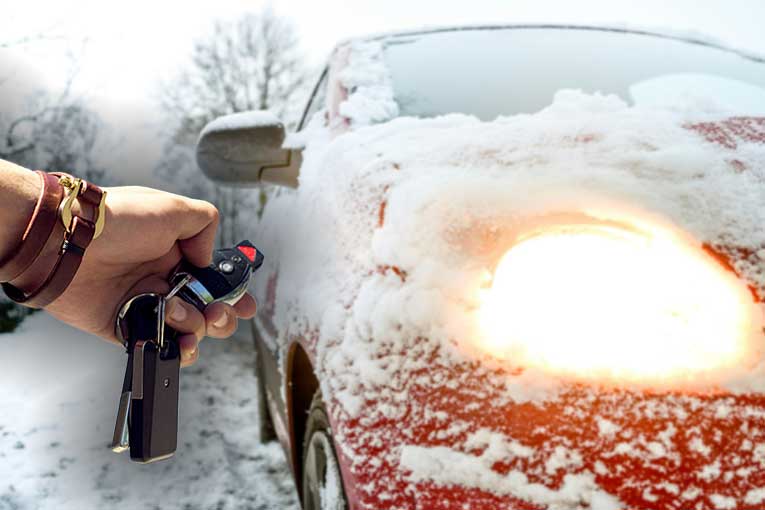
Leaving your car running and unattended, particularly during defrosting in the winter, poses a significant risk and provides an open invitation for opportunistic thieves, as thieves specifically target “puffing” cars.
To avoid falling victim to this type of theft, it is imperative never to leave your car running and unattended, even for a short period.
Invest in a remote car starter that allows you to warm up your vehicle while keeping it securely locked.
Additionally, consider parking in a garage or a well-lit area where your car is less vulnerable to theft.
By being proactive and mindful of these practices, you significantly reduce the risk of having your car targeted by opportunistic thieves.
Buy a Newer Car

Choosing a newer car can significantly contribute to enhancing your vehicle’s security.
Newer models often come equipped with advanced security features designed to deter and thwart theft attempts.
These features may include robust alarm systems, immobilisers, and sophisticated electronic key systems.
Modern vehicles are equipped with technology that makes unauthorised access and theft more challenging.
Engine immobilisation systems, for instance, prevent the engine from starting without the correct key or electronic signal.
Additionally, many newer cars come with GPS tracking systems, enabling you to locate and recover the vehicle quickly in case of theft.
Park in the Light
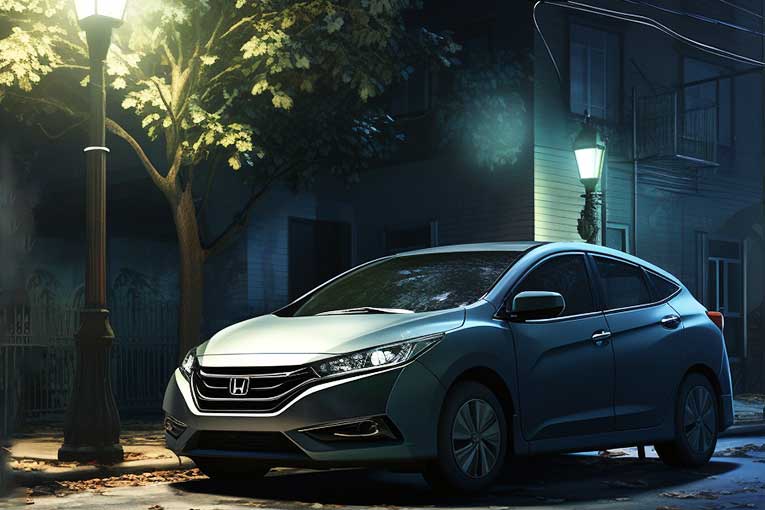
Selecting well-lit parking spaces is a strategic choice that plays a crucial role in deterring thieves.
Thieves typically thrive in darkness, where they can operate discreetly and avoid detection.
By choosing well-lit areas to park your car, you create an environment that is less conducive to illicit activities.
Well-lit spaces not only increase the visibility of your vehicle but also make it more challenging for thieves to operate unnoticed.
Parking under streetlights, in well-illuminated parking lots, or near well-lit buildings can significantly reduce the likelihood of your car being targeted.
Thieves are less likely to approach a vehicle that is clearly visible to passersby or monitored by surveillance cameras.
Park Somewhere Public
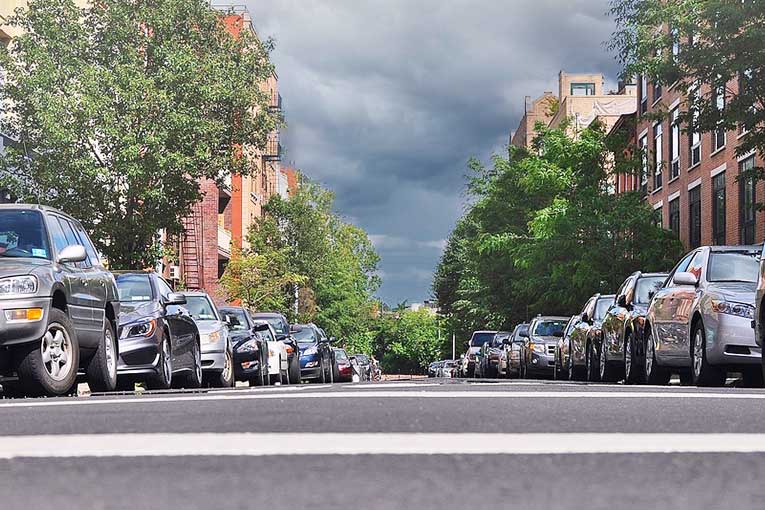
Choosing busy and public parking areas is a strategic decision that significantly lowers the risk of theft.
Thieves tend to avoid areas with high foot traffic and increased visibility because they increase the chances of being noticed or caught in the act.
Opting for parking lots near popular establishments, shopping centres, or busy streets enhances the overall security of your vehicle.
Busy parking areas provide a natural deterrent, as the presence of people creates a less favourable environment for thieves.
The increased likelihood of witnesses and potential surveillance further discourages illicit activities.
Double Check Locks
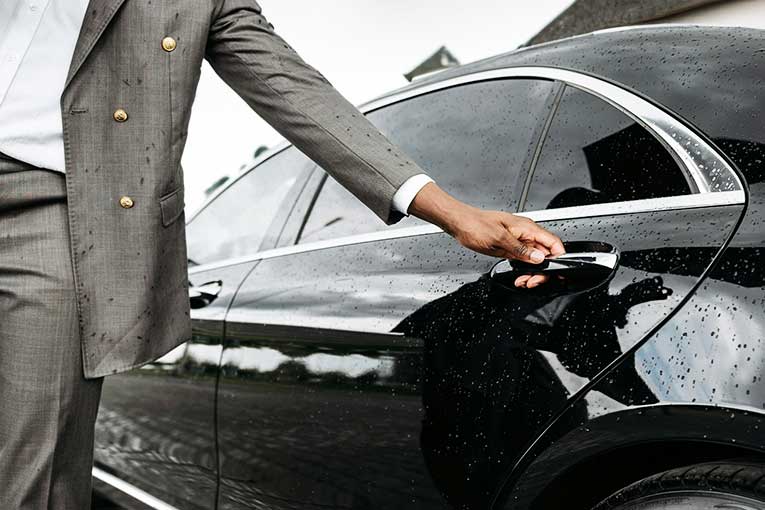
Double-checking that your car is securely locked involves a thorough examination of all entry points, including windows and sunroofs.
Modern cars often come equipped with central locking systems that simultaneously secure all doors, but additional features like power windows and sunroofs may require separate attention.
Ensure that each door is fully closed and locked by testing the handles after engaging the central locking system.
Pay special attention to power windows, ensuring they are fully closed and that there are no gaps that could provide access to the interior.
Similarly, check the sunroof to confirm it is sealed shut and cannot be easily opened from the outside.
Steering Wheel Locks
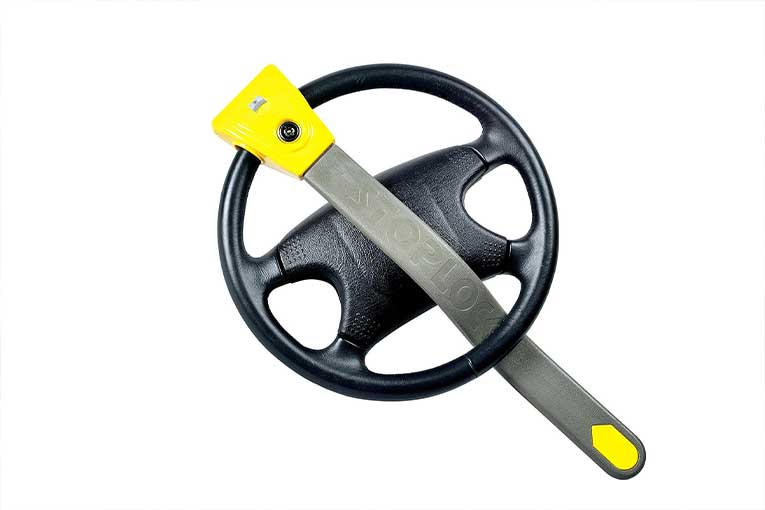
Visible deterrents, such as steering wheel locks, play a crucial role in discouraging thieves and fortifying your car’s security.
Steering wheel locks are highly visible anti-theft devices that act as a physical barrier, making it challenging for thieves to manoeuvre the vehicle even if they manage to gain access.
The conspicuous presence of a steering wheel lock sends a clear message to potential thieves that your car is equipped with additional security measures.
Handbrake Locks

Handbrake locks provide an additional layer of security for your vehicle, making it significantly more challenging for thieves to operate and drive away.
These locks, also known as parking brake locks, are designed to immobilise the handbrake, preventing its release and thereby impeding the movement of the vehicle.
Wheel Locks
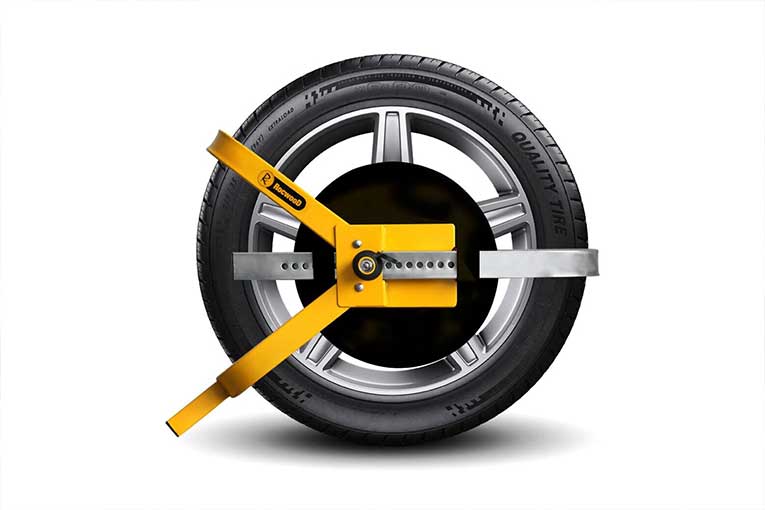
Wheel locks, also known as lug nut locks or wheel nuts, are a valuable anti-theft measure that adds an extra layer of protection to your vehicle.
These specialised locking nuts replace one or more of the regular lug nuts on each wheel, and they require a unique key or tool for removal.
By installing wheel locks, you make it significantly more challenging for thieves to remove the wheels and steal your car.
Protect your Data Port
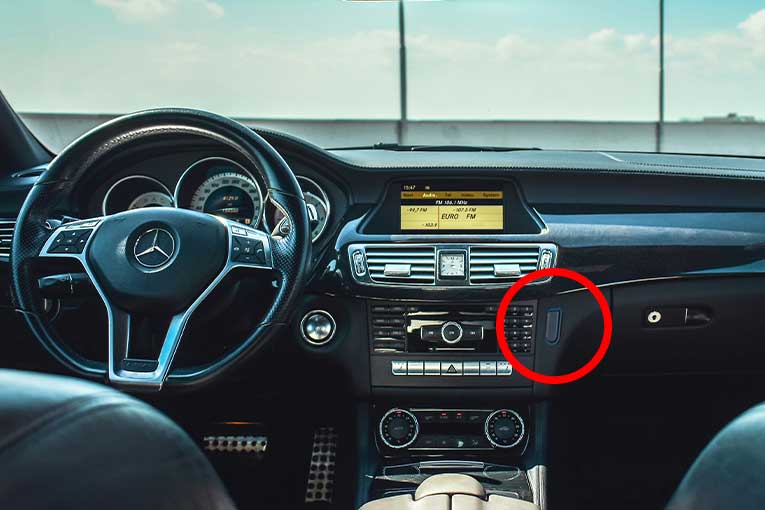
To safeguard your vehicle against modern electronic threats, it’s crucial to protect your car’s data port from unauthorised access.
Thieves employ electronic devices to manipulate or bypass car security systems through the data port.
One effective way to fortify your car’s security is to use electronic security devices or data port locks.
These add an extra layer of protection by restricting access to the data port, making it more challenging for thieves to exploit vulnerabilities.
Don’t Keep Valuables in Cars Overnight
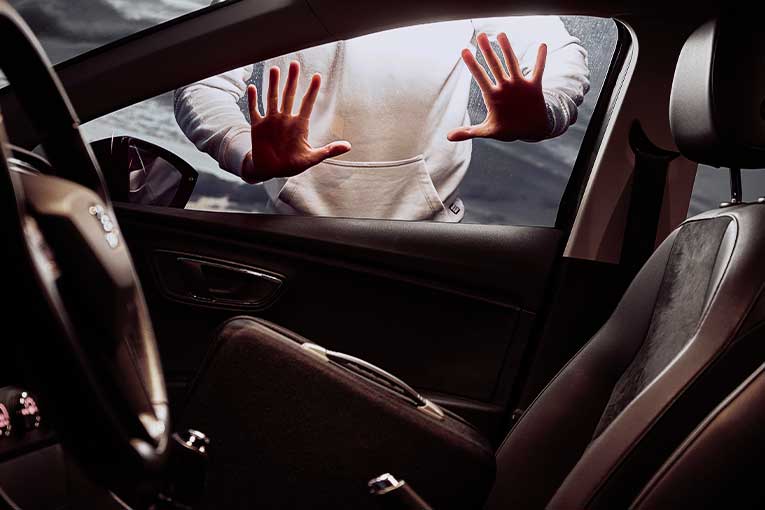
Leaving valuables in your car, even for a short period, increases the risk of theft.
Thieves are drawn to visible items, and an unattended vehicle with valuables on display becomes an easy target.
To minimise this risk, make it a habit to remove valuable items from your car whenever you park.
If you must leave belongings in the car temporarily, stow them out of sight in the trunk (or boot), or glove compartment.
Alarm Stickers
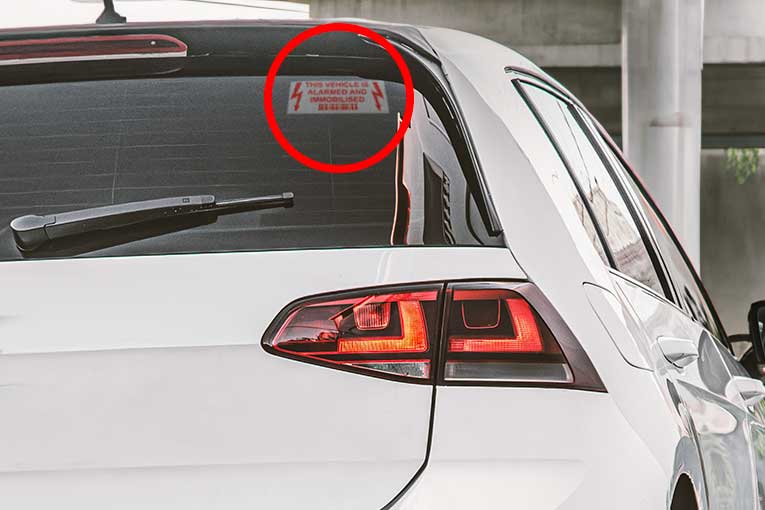
Enhancing the security of your vehicle involves using visible deterrents, even if your car doesn’t have a built-in alarm system.
Displaying alarm stickers on your windows or near the entry points of your car can act as a psychological deterrent for potential thieves.
These stickers create an illusion of heightened security, making thieves think twice before attempting to break into or steal the vehicle.
What is the Future of Stopping Car Thieves?
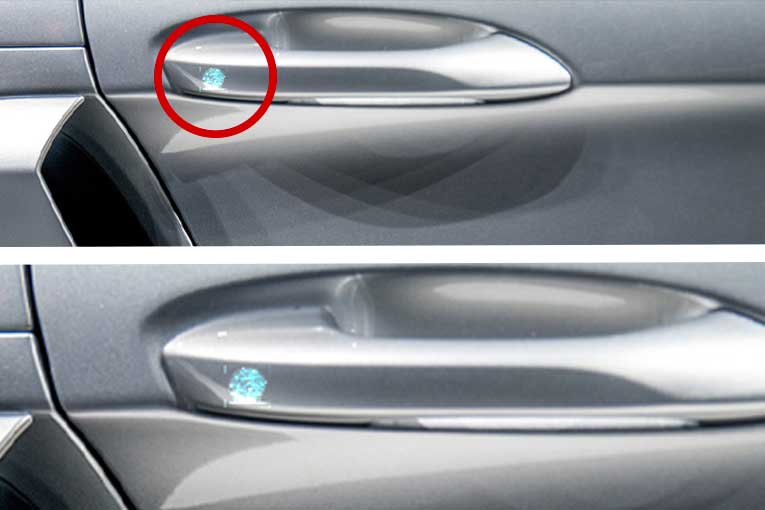
The future of preventing car theft holds promise with ongoing technological advancements.
As technology evolves, innovative solutions are anticipated to emerge, introducing more sophisticated methods to combat car theft.
We can expect the integration of smart security systems that leverage advanced sensors and connectivity to enhance protection.
Biometric access, utilising fingerprints or facial recognition, may become more commonplace, offering a more secure means of vehicle entry.
Additionally, improved GPS tracking technology is likely to play a crucial role, enabling owners and law enforcement to locate and recover stolen vehicles more efficiently and quickly.
Collaborative efforts between law enforcement agencies, car manufacturers, and technology developers will be pivotal in shaping the landscape of anti-theft measures.
By working together, these entities can create holistic solutions that address the dynamic challenges posed by car thieves and provide comprehensive security for vehicle owners.
Conclusion
While car theft remains a concern, awareness and proactive measures can significantly reduce the risk.
Stay informed about the methods thieves use to mark cars and take steps to protect your vehicle.
By implementing practical strategies and staying attuned to emerging security technologies, car owners can contribute to a future where car theft is less prevalent, ensuring greater peace of mind on the roads.


